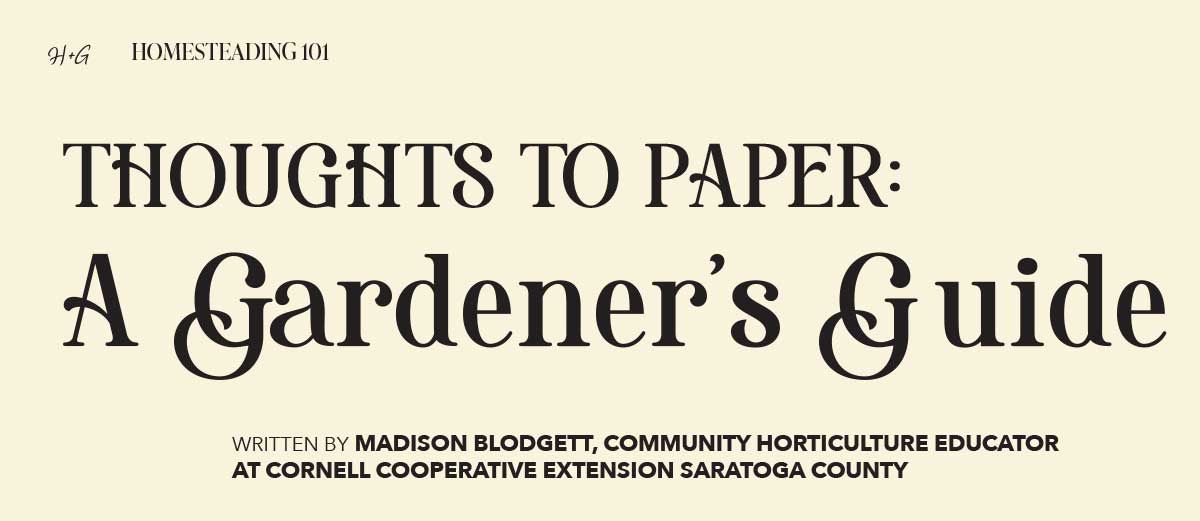
[From the 2025 Spring Magazine]
While I gaze out my second story window at the frozen ground below, my mind is already buzzing with ideas for my gardens this year. I reach for my pencil and paper- they are as essential to my gardening daydreams as coffee is to my mornings.
Plan to succeed
Planning your layout before the growing season begins will help you maximize the functionality and aesthetics of your garden. Your drawing can be as simple as shapes described with a key. Whether you grow perennials or vegetables, there are many factors to consider. My goal is to send you into the year armed with knowledge and confidence!
Survey your landscape
Does your space receive full sun, shade, or a mixture of both? Consider sun mapping with pictures- spend a day taking pictures of your garden space hourly, from the same point of view. Watch how the shadows move through to get an understanding of the sun exposure your plantings will receive. Understanding this will help you choose plants that will succeed in your conditions. Are there bodies of water, paving, or other obstacles to work around? What is the proximity to a watering source or gardening tools? Indicate these features in your drawing.
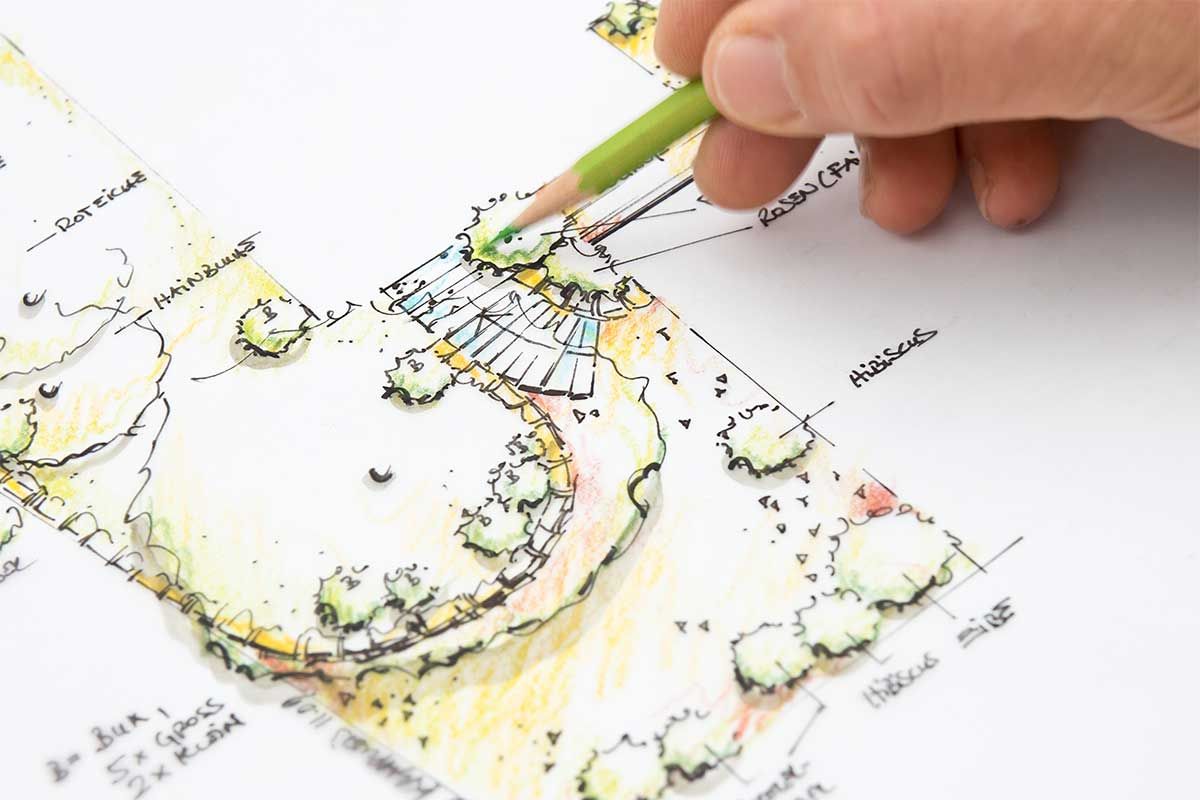
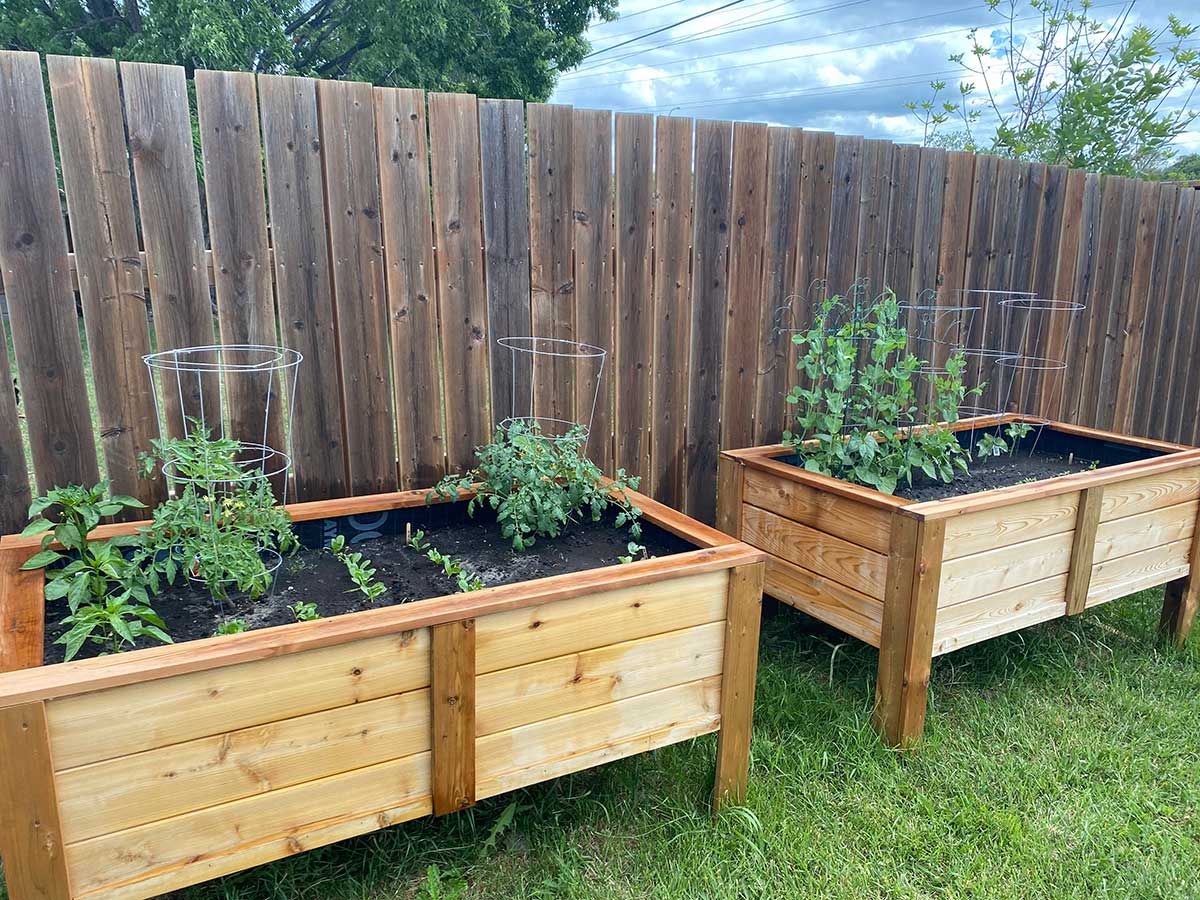
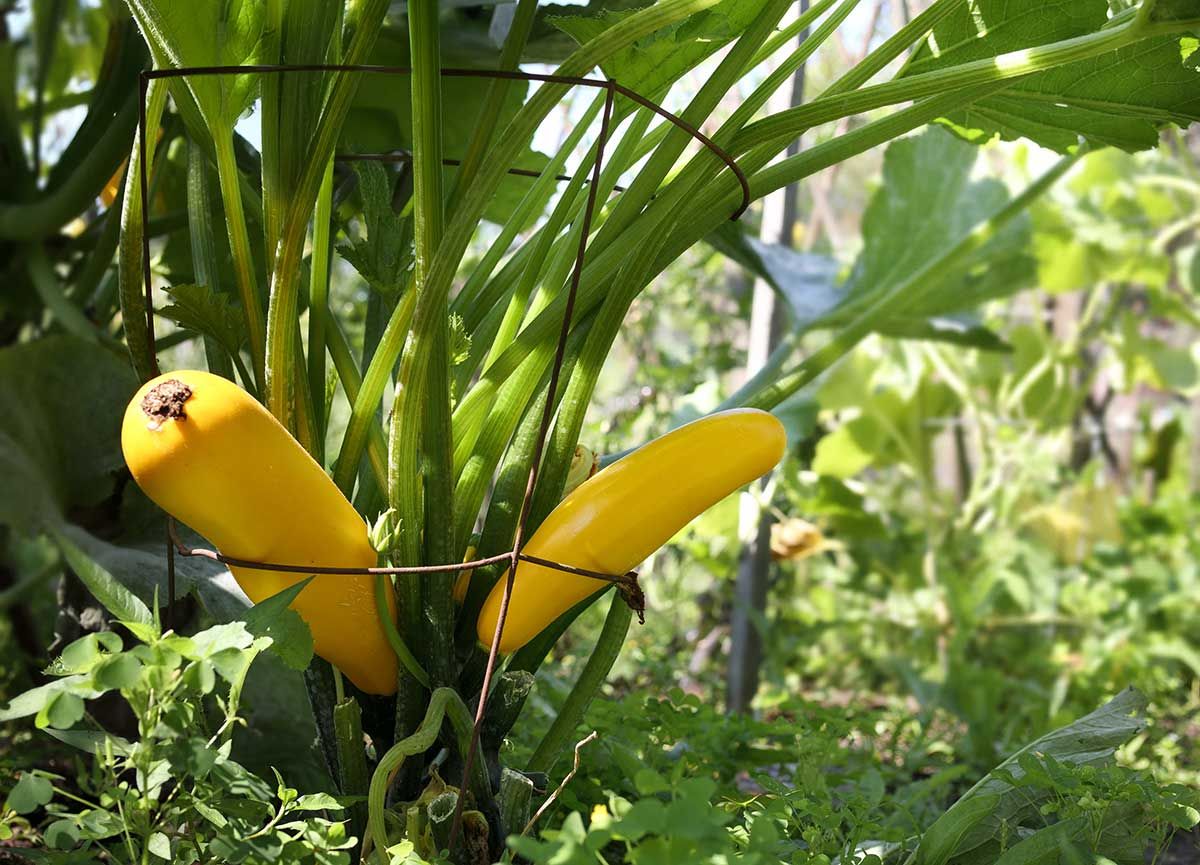
Get to know your soil
Good soil equals happy plants. Taking samples from the exact places that you plan to grow them will give you the best understanding of what you’re working with. Samples can be dropped off at our CCE office right here in downtown Ballston Spa for pH evaluation. Check out our website for additional details on how to submit your sample. You can then choose to either amend your soil or find plants that will flourish in your existing soil.
Set the scene for the entire season
Reference the back of your seed packets, plant tags, or catalogs to accurately map out how much room they’ll need in your garden. This will help you avoid overcrowding them later in the season when they fill out. Plan to trellis vining plants, such as squash, to save valuable space in your gardens.
Know your limitations
If you aren’t keen on kneeling and bending over a garden all season, don’t plant in the ground. Raised beds lessen physical strain and could be built in vertical tiers to maximize limited space. Soil compaction from foot traffic is also avoided with raised beds, which means happier and healthier roots!
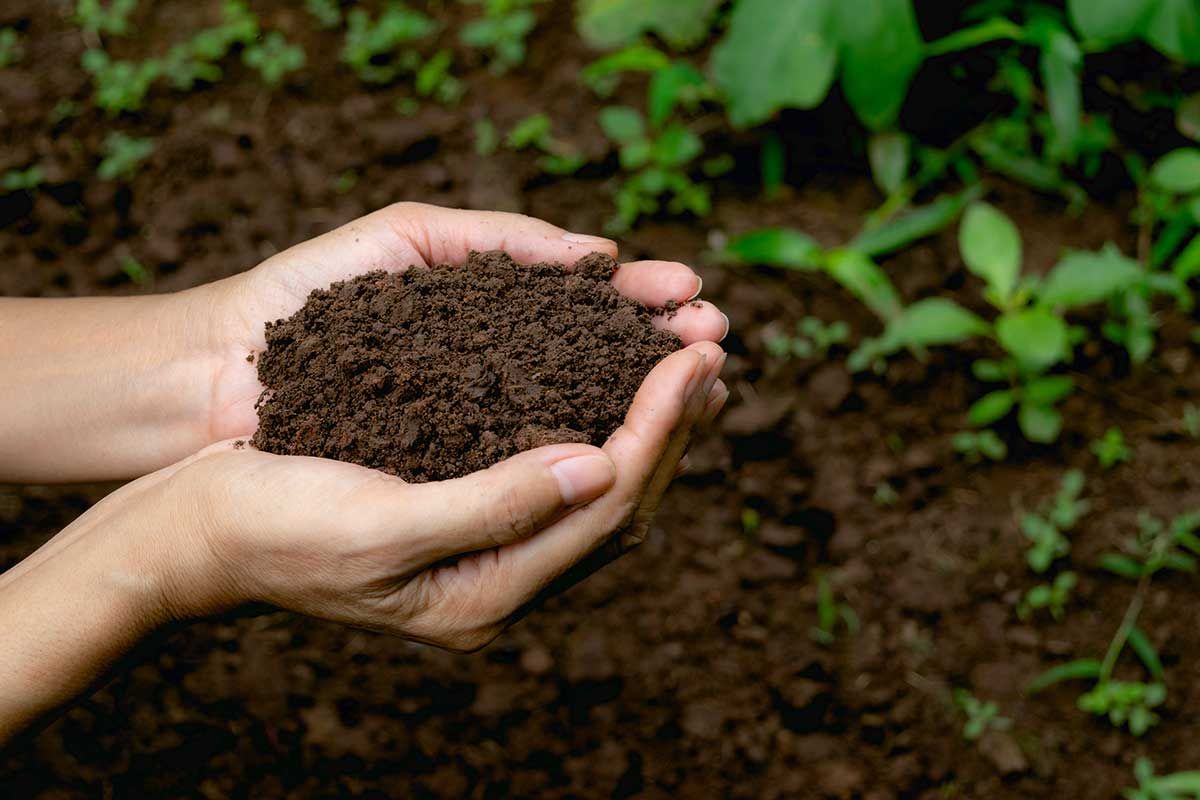
Acknowledge your microclimate
For a perennial garden, think about your microclimate. A microclimate is a local set of conditions that differ from those in the surrounding areas. In my neck of the woods, snow is dumped and lingers in my yard much longer than even 5 minutes down the road. This means I have a colder, wetter climate than my neighbors. Knowing this helps me have realistic expectations on which plants will thrive. Saratoga county encompasses hardiness Zones 4b-6a. You can search your zip code on the Plant Hardiness Zone Map on the USDA’s website and use this, along with your own observations, to help make informed decisions when picking out perennials this spring.
Take it slow
No matter the type of garden, always start small! As you plan, be realistic about the amount of time and effort it will take to maintain. It’s easy to get discouraged mid-season when your garden has grown outside your means. Working your way up to bigger, fuller gardens each year will help you feel empowered instead of totally in over your head.
The process of sitting down and mapping out your gardens ahead of time is so rewarding! Gardens are evolving. Make your plans but be adaptable to change and the unexpected. The fun lies in learning something new each time you step into your green world.
